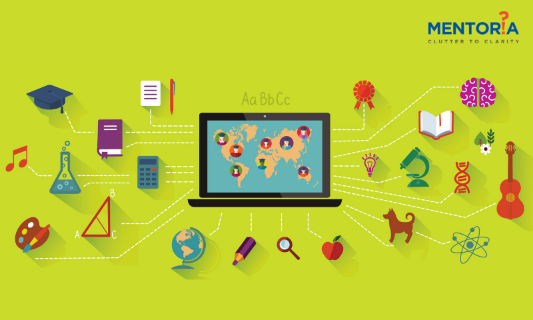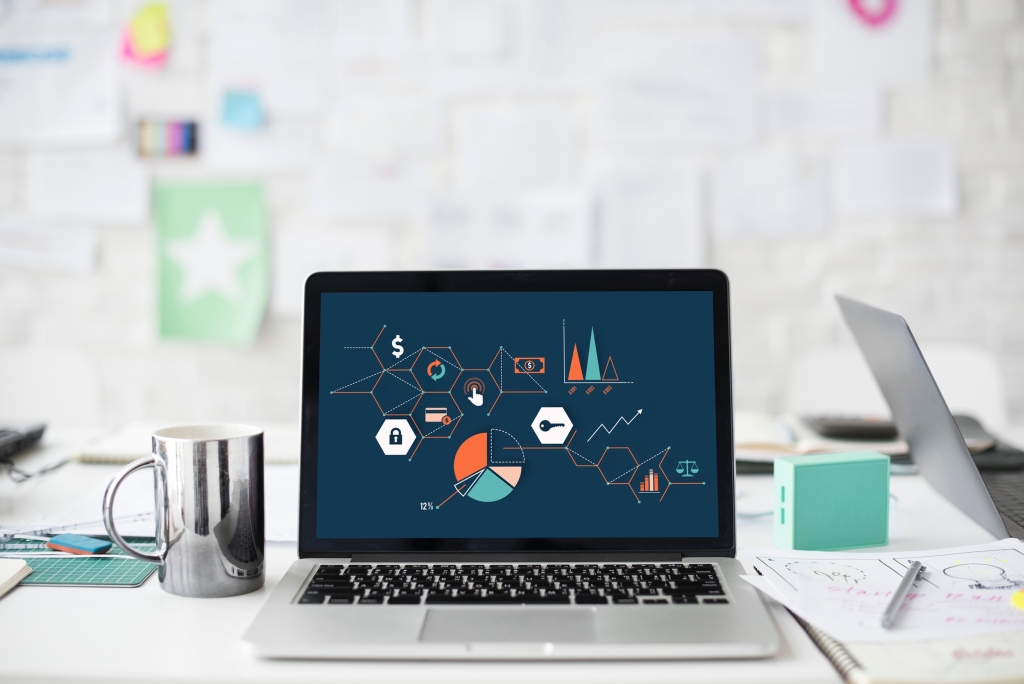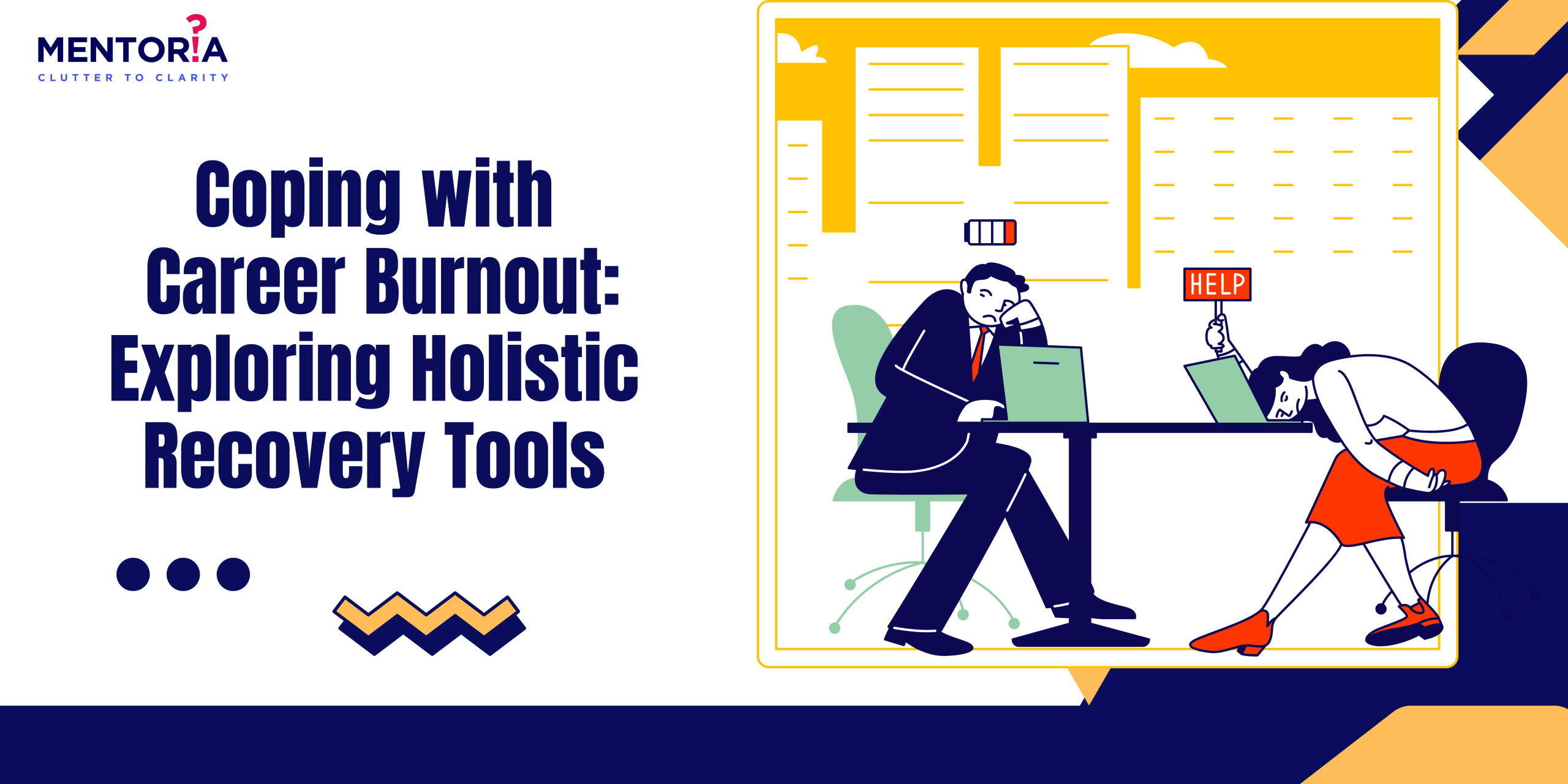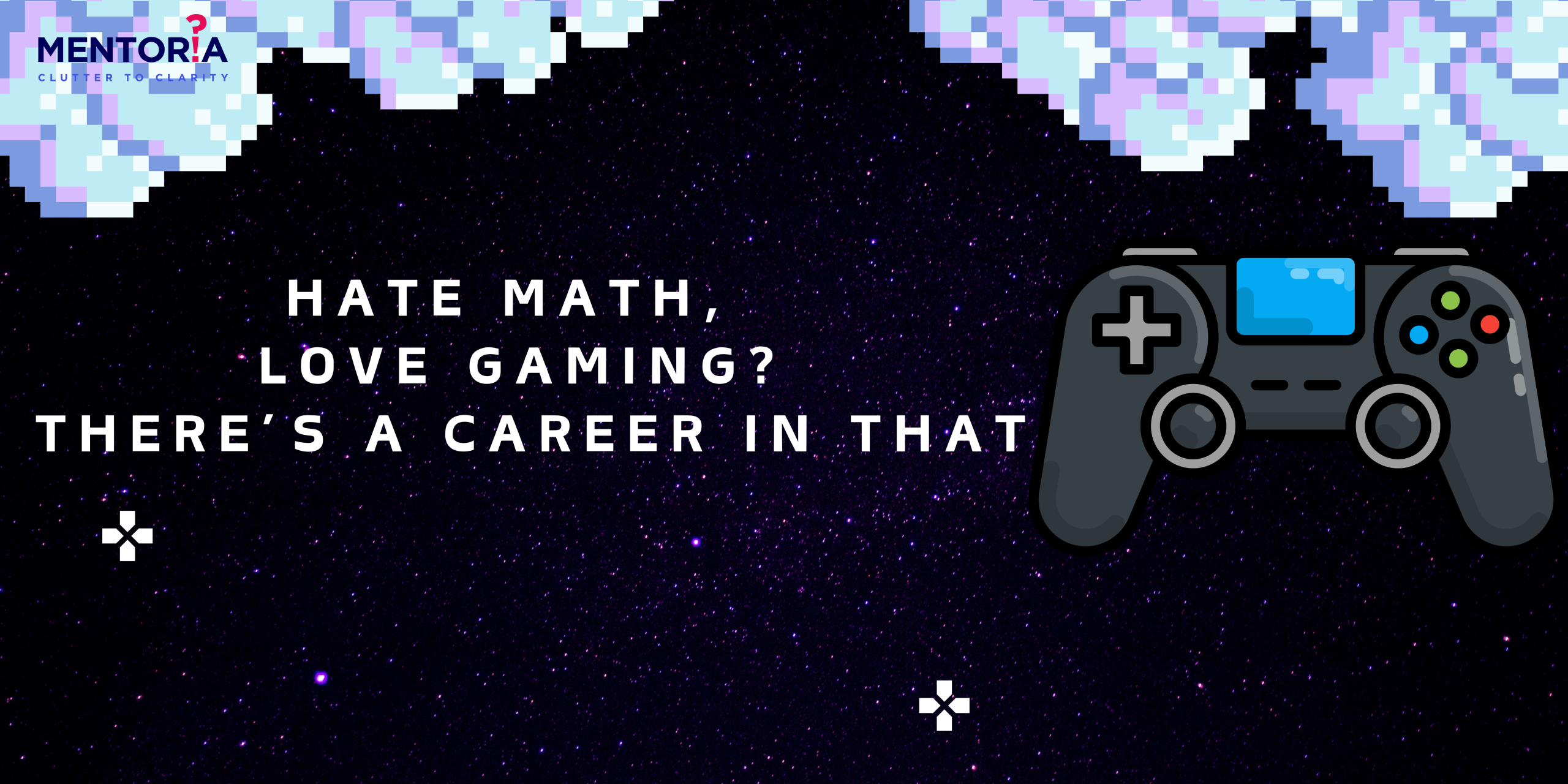Technology in Classroom – Good or Bad for Students?

The biggest challenge an educator faces today is handling a half-informed class. Students have access to a truckload of information, but they do not know ‘how much is too much’. As educators, it is up to us to help them filter this information. After all, we have a humongous task of preparing students for their future jobs.
If you are a student in need of career guidance, get in touch with our expert career counsellors here at Mentoria and kick-start your career discovery journey. Find out more here:
Use of Technology in Education
Technology plays a large role in many aspects of day-to-day life, and education is no different. Technology is rapidly changing the way students learn as well as the way instructors teach. Computers have replaced chalkboards as the go-to tool in classrooms today. It’s not just happening in higher education; technology is now an integral part of education for children of all ages. However, our schools continue to use chalkboards for regular teaching.
Technologies are tools that can be put to good or bad use. To improve our technological know-how, workshops are conducted to introduce practical skills, ideas and techniques to students. We also hold various competitions to assess their areas of interest. Their strengths and weaknesses are assessed, which makes it easier for students to understand their potential.
Prepares Students for Workforce
Students require more than a grasp of technical tools to succeed in the twenty-first century workplace (electronic calendars, web pages, teleconferencing, electronic whiteboards, etc.). Institutions ensure that their students are equipped for the modern workplace by incorporating these technologies into the normal curriculum
Access to More Information
Students are able to obtain information more quickly and correctly because to technological advancements. Traditional textbooks are being replaced by search engines and e-books. Instead of hiring a human tutor, students can obtain one-on-one assistance through educational videos, which can be accessed at any time and from any location.
Personalised Learning Programs
Technology is being used to personalise learning plans for each learner. Teachers are designing programs based on the interests and strengths of their students. Students can learn at their own pace, which is an extra benefit. Students can review videos in the lesson plan when they need to study class material to gain a better understanding of key ideas.
More Resources for Teachers.
Teachers are improving their teaching skills by using e-learning solutions. They are effectively instructing students using technologies like video classes, micro-learning, engaging infographics, and so on. Not only this, but teachers are also engaging students by providing online assessments and various courses.
Discover your skills and strengths through Mentoria’s career assessment test, our premier psychometric test which helps you find your ideal career.
Technology: An Aid or Adversary?

Technology plays a large role in many aspects of day-to-day life, and education is no different. Technology is rapidly changing the way students learn as well as the way instructors teach. Computers have replaced chalkboards as the go-to tool in classrooms today. It’s not just happening in higher education; technology is now an integral part of education for children of all ages. However, our schools continue to use chalkboards for regular teaching.
Technologies are tools that can be put to good or bad use. To improve our technological know-how, workshops are conducted to introduce practical skills, ideas and techniques to students. We also hold various competitions to assess their areas of interest. Their strengths and weaknesses are assessed, which makes it easier for students to understand their potential.
Discover your skills and strengths through Mentoria’s career assessment test, our premier psychometric test which helps you find your ideal career.
Positive Effects of Using Technology in Education
Exposure to technology isn’t all bad. Video games and other screen media improve visual-spatial capabilities, increase attention span, reaction time, and the capacity to notice detail amidst the clutter. Additionally, they don’t make children slow, they just make them different. For example, the ubiquitous use of Internet search engines causes children to become less adept at remembering things and more skilled at remembering where to find them. Given the ease of information accessibility these days, it only stands to reason that knowing where to look is more important for children than actually knowing something. Not having to retain information in our brain may allow it to engage in more “higher-order” processing such as contemplation, critical thinking, and problem-solving.
What does this mean for raising children? The bottom line is that too much screen time and not enough other activities – such as reading, playing outdoor games, and good old unstructured and imaginative play – will result in your children’s brains being wired in ways that may make them less prepared to thrive in the tech-driven new world.
Negative Effects of Using Technology in Education
Since the invention of the abacus, humanity has continuously craved and created new items and technological innovations to help its theory, practice, and understanding of mathematics. These advancements made calculators one of the greatest inventions in helping ordinary people solve complex mathematical equations. However, this step forward made humans take a step backwards. Calculators decrease your ability to do simple mathematics on your own. Since the introduction of calculators in schools, students find it increasingly hard to perform simple mathematics without a calculator, and they often get stressed if they have to function without one. When mathematical calculators were introduced, both teachers and students saw great potential. However, as the years progressed, people began relying heavily on calculators, even when solving simple mathematics. Additionally, before mobile phones became a household commodity, we could easily memorise and recollect contact numbers. Today, you’d have to look at your smartphone if you were asked to recall even your emergency contacts. Everything is stored in the smartphone, just not in the brain.
What most people haven’t considered is how technologies affect our language, how these changes affect the way we speak and even the way we think. This is not the first time such a revolution has taken place in history, but the increase in the pace of change has resulted in our language changing equally rapidly, and with it, our thoughts. On a final historical note, you can wonder what today’s youth means by the following statements:
“My mother was hacked last night.”
“What a gorgeous meal! It’ll look great on the ‘Gram!”
“HMU if anyone’s out there?’
“I’ve been on a three-day snap streak, what’s your highest?”
“Let me just Netflix that one.”
Encourage Reading

To keep students abreast of the latest developments, we encourage them to read a lot. In fact, we conducted research in our school about reading uninterrupted text resulting in faster completion and better understanding, recall, and learning than those who read text filled with hyperlinks and ads. Those who read a textual presentation, as compared to one that included a video, found the presentation to be more engaging, informative and entertaining, a conclusion contrary to popular opinion. Additionally, students who were allowed Internet access during class didn’t recall the lecture, nor did they perform as well when tested on the same. Finally, reading develops reflection, critical thinking, problem solving and vocabulary better than visual media.
Impact of Technology on Children

Exposure to technology isn’t all bad. Video games and other screen media improve visual-spatial capabilities, increase attention span, reaction time, and the capacity to notice detail amidst the clutter. Additionally, they don’t make children slow, they just make them different. For example, the ubiquitous use of Internet search engines causes children to become less adept at remembering things and more skilled at remembering where to find them. Given the ease of information accessibility these days, it only stands to reason that knowing where to look is more important for children than actually knowing something. Not having to retain information in our brain may allow it to engage in more “higher-order” processing such as contemplation, critical thinking, and problem-solving.
What does this mean for raising children? The bottom line is that too much screen time and not enough other activities – such as reading, playing outdoor games, and good old unstructured and imaginative play – will result in your children’s brains being wired in ways that may make them less prepared to thrive in the tech-driven new world.
As the old Chinese proverb goes, “Give a man a fish and you feed him for a day. Teach a man to fish and you feed him for a lifetime.” Blocking and restricting websites doesn’t do anything good for students in the long run, but teaching them how to be safe and smart online enables them to practice good habits for the rest of their life.
Concluding Thoughts
The more you live through screens, the more you’re living in a narrow, abstract world that’s increasingly artificial. While that virtual world may seem safe and controllable, it’s not rich and unpredictable like the real world. We take the initiative to be open and honest with our students about dangerous internet usage. We talk to them, empower them, and most importantly, educate them.
Looking for more knowledge? Check out Mentoria’s Knowledge Gateway! We’ve got a career library full of tips and advice as well as webinars from industry professionals. Sign up to Mentoria and get lifetime access to the Knowledge Gateway! Discover more here:






